
Pilot is celebrating its 100th Anniversary – add some to your collection?
The term Pilot may be understood by the world at large as someone who flies an aircraft, but to us, fountain pen aficionados, it has a much deeper connotation. It is a term held with almost religious reverence, for, to us, the Pilot name is synonymous with writing instruments that are awe inspiring, fountain pens that we overtly or covertly nurse a desire to caress, to write with. It is one of the big-three of Japan (with Platinum and Sailor) and certainly among the top in the world by whichever yardstick we may seek to measure it.
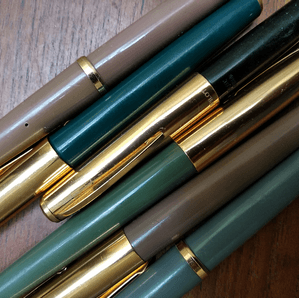
The top three images that the mind immediately conjures up with the mere mention of the Pilot name are off course the Capless, the Namiki, and the Metropolitan. The Pilot Metropolitan is by far among the best entry level fountain pens. The Capless (also known as the Vanishing Point), was created to commemorate the Tokyo Olympics in 1964 and has since then, consistently continued to straddle the victory stand. While the Namiki remains synonymous with the world’s most celebrated Maki-e fountain pens their lacquer finish and elegant designs being the pinnacle of artistry and craftsmanship, universally acclaimed and sought after.
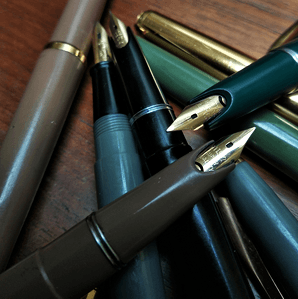
There is more to the Namiki name though. It was in 1915 that Ryōsuke Namiki, a professor in Japan, left his job to establish a small factory near Tokyo, to produce gold nibs for fountain pens. In 1916, Namiki expanded his product line and became a full-fledged manufacturer of writing instruments. Two years on, the Pilot Pen Corporation was founded by Ryosuke Namiki with Masao Wada in the name of the Namiki Manufacturing Company. Yes, that makes 2018 the hundredth year of Pilot’s being!
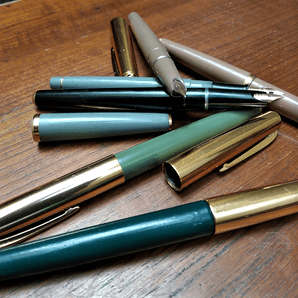
What is not immediately known however, is the fact that once Pilot pens were made here in India! Yes, for the sceptical and the incredulous, the Pilot Pen Co (India) Pvt Limited, was founded by Paranjothi Arockiasami Sanjivi, in Chennai in 1952. The Nation was still young, and hope was in the air – naturally, the stress on education was high which had led to a surge in the demand for fountain pens.This coupled with the fact that foreign exchange was scarce and the need to produce everything possible was felt acutely, which had led to a spurt in manufacturing facilities for fountain pens, the Pilot operations being no exception.

As a matter of fact, in the late 1950’s and early 1960’s Pilot pens, made here in India under licence from the Japanese principal, were widely available and were also greatly appreciated. I have heard that the local company, headquartered in the Catholic Centre, Armenian Street, Chennai, even had some ebonite models that featured Pilot nibs and are thus highly collectable, though I have personally never seen one. Their factory, first just an assembly line, was located at, what later became the Pilot Theatre in Royapettah, before moving on to a more comprehensive manufacturing facility in Punzal, where still remains a huge complex that goes by the name Pilot compound!
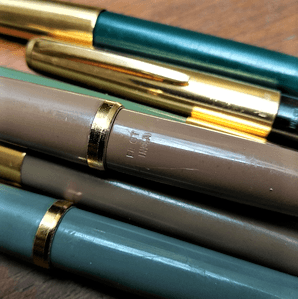
In the late 1970’s the Indian operations ran into trouble owing to a variety of reasons – quality issues and the inability to face the threat from ball point pens being principal – which led to the ultimate closure of the operations in 1978, when the company allegedly went into liquidation. That is four decades now.
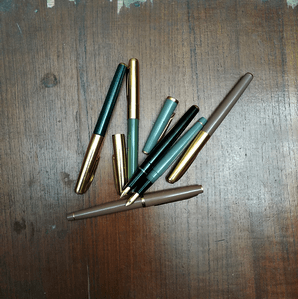
The good news is that there still remains a good number of Pilot pens that were made in India. Some of them are NOS (new old stock), while others are pre-owned. Any collector,with a reasonable amount of diligence can find them – they surface with regular monotony in the global websites where collectors frequent and are also available with most of the fountain pen dealers. What is even more exciting is the fact that most of these pens are reasonably priced, considering their antiquity. However, I must slip in a word of caution – check the quality, as, not all NOS pens, irrespective of the yarn the dealer spins, were left unsold for reasons romantic. Some didn’t sell when they were up for sale as items of daily use because of quality concerns and the same holds good for pre-owned pens as well, which perhaps were shunted out by the original owner due to performance related issues.
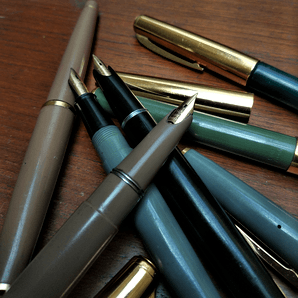
The pictures that accompany this post are of the India made Pilot pens that I have just acquired from Kiwi pens. They were a part of the original collection of Saji Kumar S, the owner and an avid collector, who has decided to prune down his collection by “getting rid” of the duplicates and is looking caring households that will adopt his pets. I am humbled by the fact that after due diligence, he found me worthy for the safekeeping of his treasures.

Great collection you got your hands on Sir! A worthy person who can give most value for it.